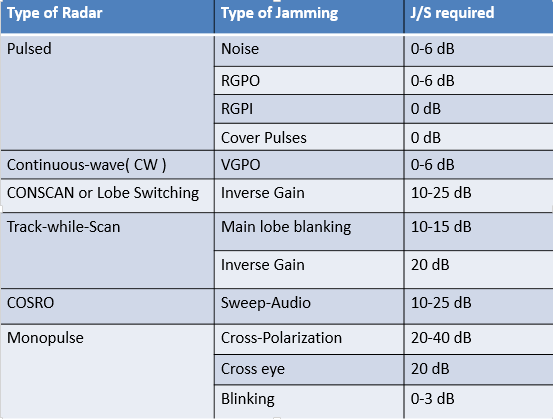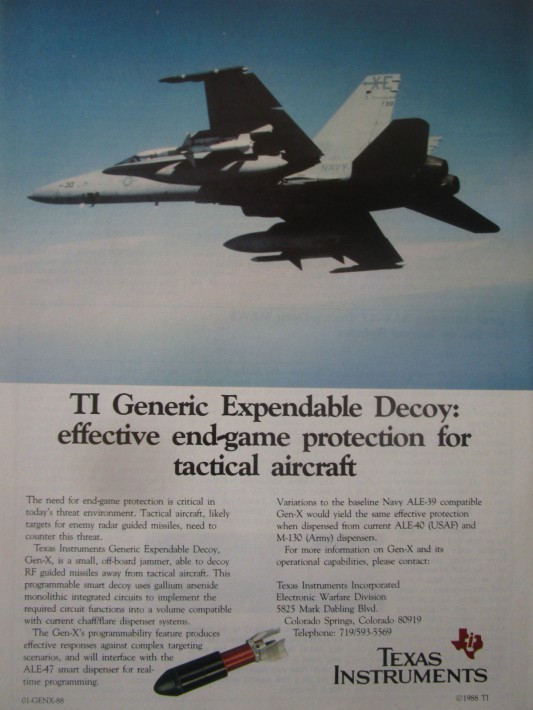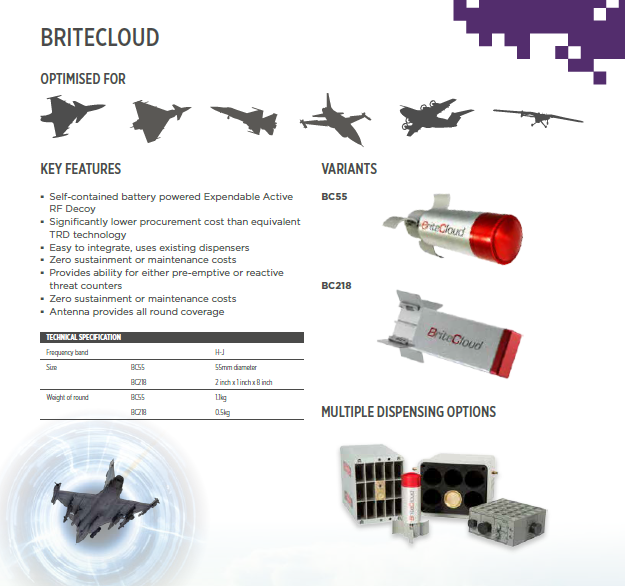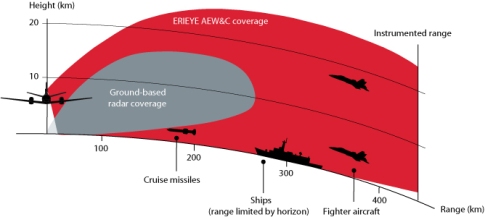If your solution is to have a bigger plane with bigger radar then I would have to say it is quite impractical. In real combat, there will be some sort of jamming employed by both side. When talking about jamming whether brute force or deceptive. You
ALWAYS need to generate a certain level of
J/S (jamming/signal) ratio for jamming to be effective
The calculation of J/S ratio is as follow:
As you can see, if J/S is kept constant, then the output power required for jammer and RCS of aircraft will be inversely proportional. In other words, for example: if you have an F-15 with RCS around 10 m2, and an F-35 with RCS around 0.001 m2. Then F-15 will need a jammer that is 10.000 times more powerful than F-35 to achieve same effectiveness. Another vital factor when discussing jamming effectiveness is distance. Since jamming signal only has to travel one way, as the distance get bigger, the jammer has more advantage than the radar because jamming signal decrease at a slower rate than aircraft reflection. In short: for self-protection jamming the further the jammer is from the threat radar, the easier it would be for that jammer to jam the radar. As you get closer, there will be a distance where radar signal is so powerful that your jammer can't reach the needed J/S ratio, and the radar effectively
burn-through your jamming. This called the burn-through distance.
The relationship between burn-through and RCS is following
The photos tell it pretty nicely, in non jamming situation, conventional aircraft is already at a disadvantage regarding detection range, but in jamming situation, it come from bad to worse.
Ok, so how about using a big aircraft equipped with Home on Jam missiles ?. Well unfortunately, there are many ways to overcome HoJ missiles:
1-Blinking jamming
2- Terrain bounce jamming
3-Expendable decoys


















